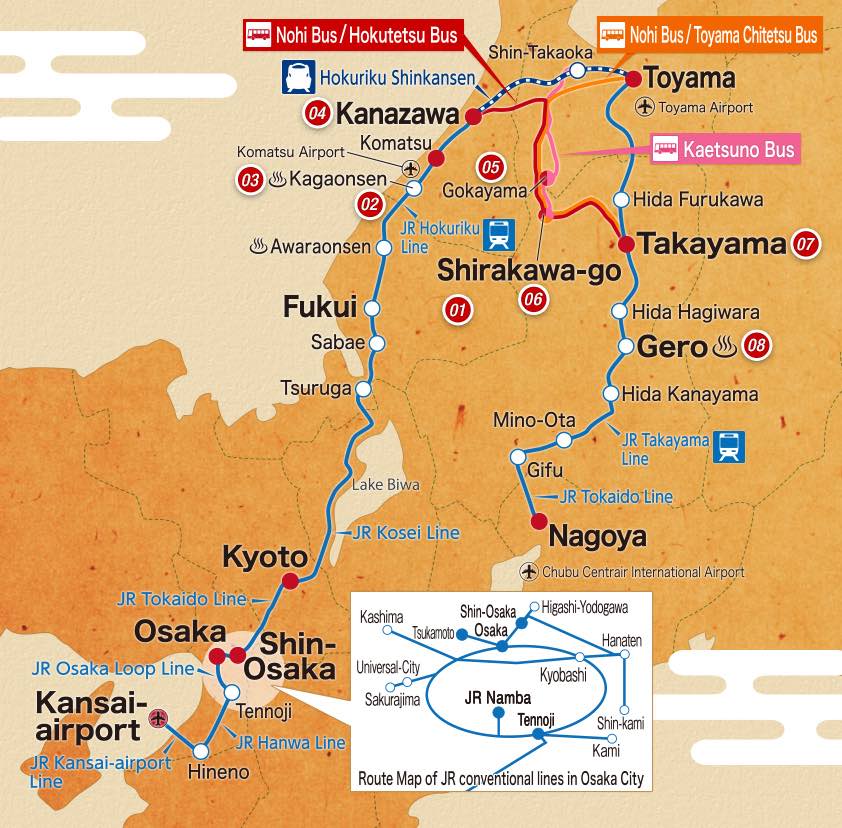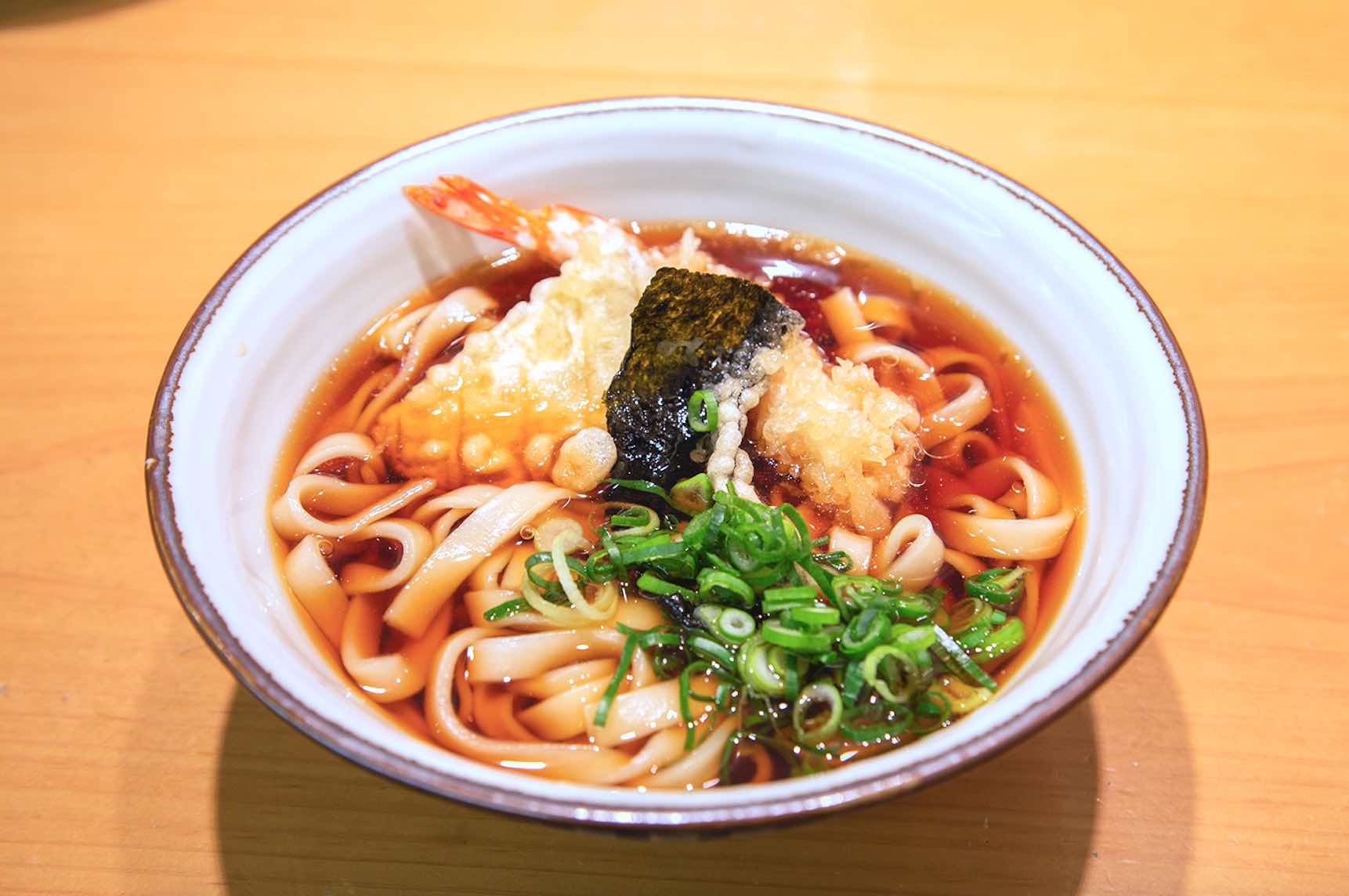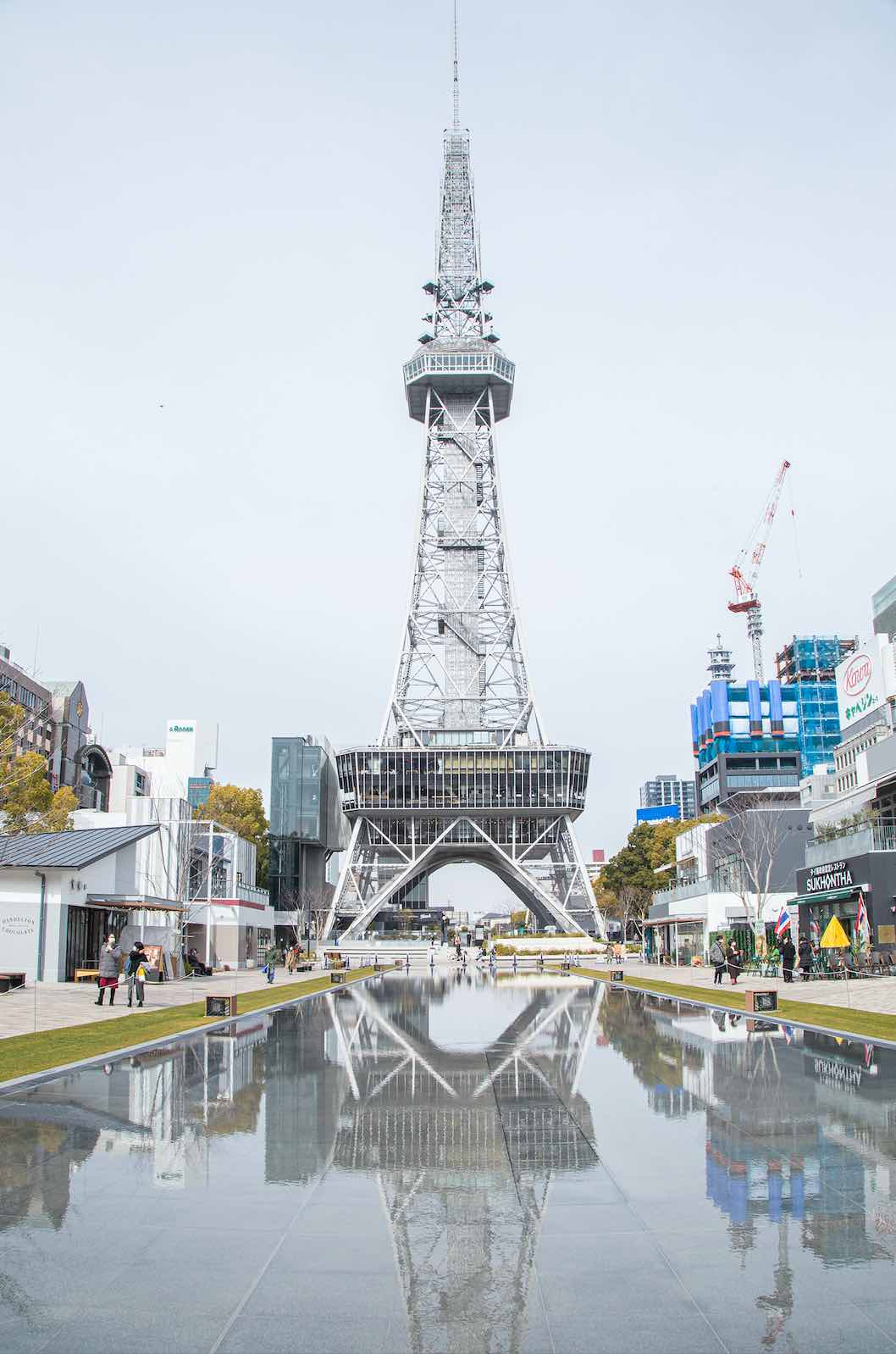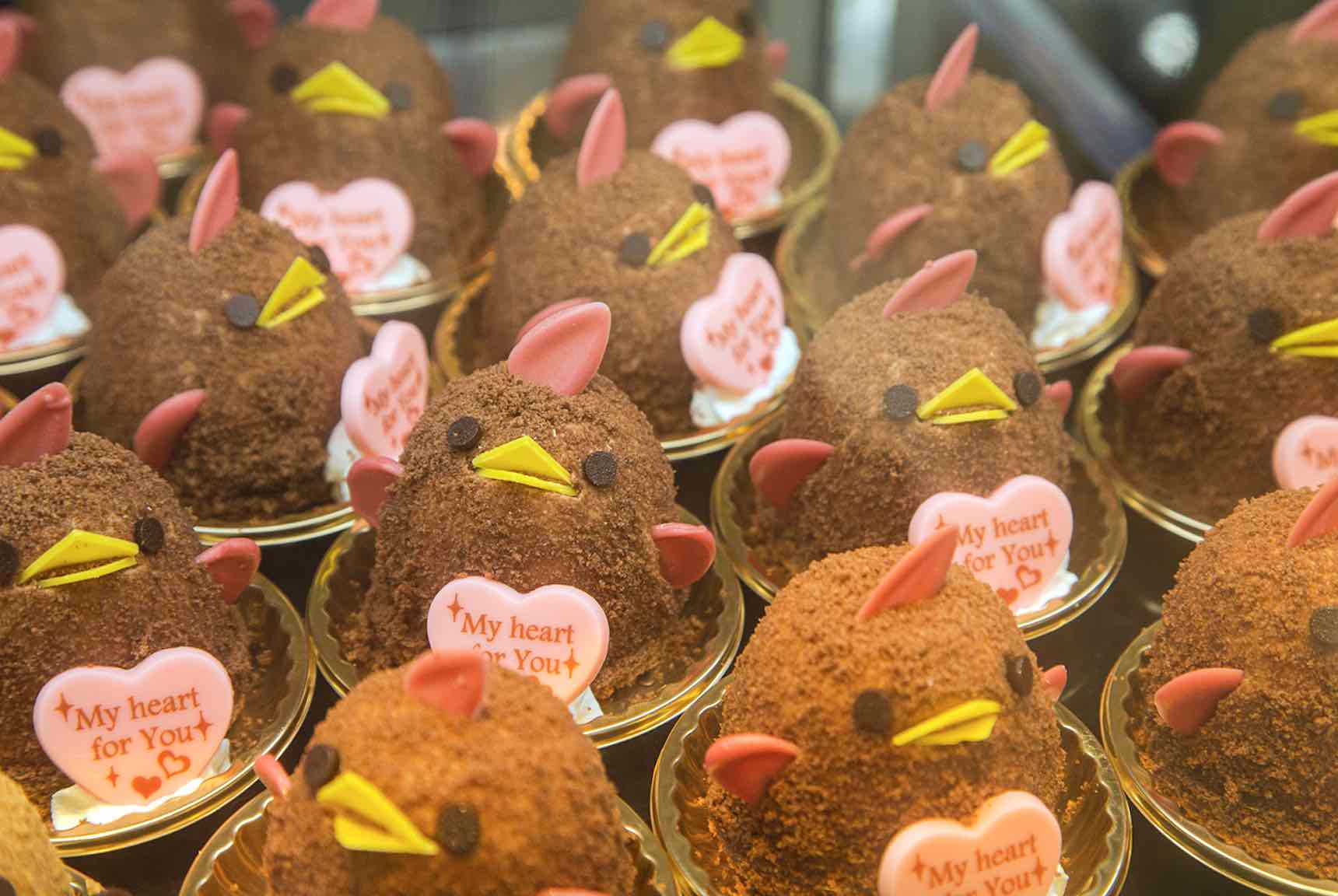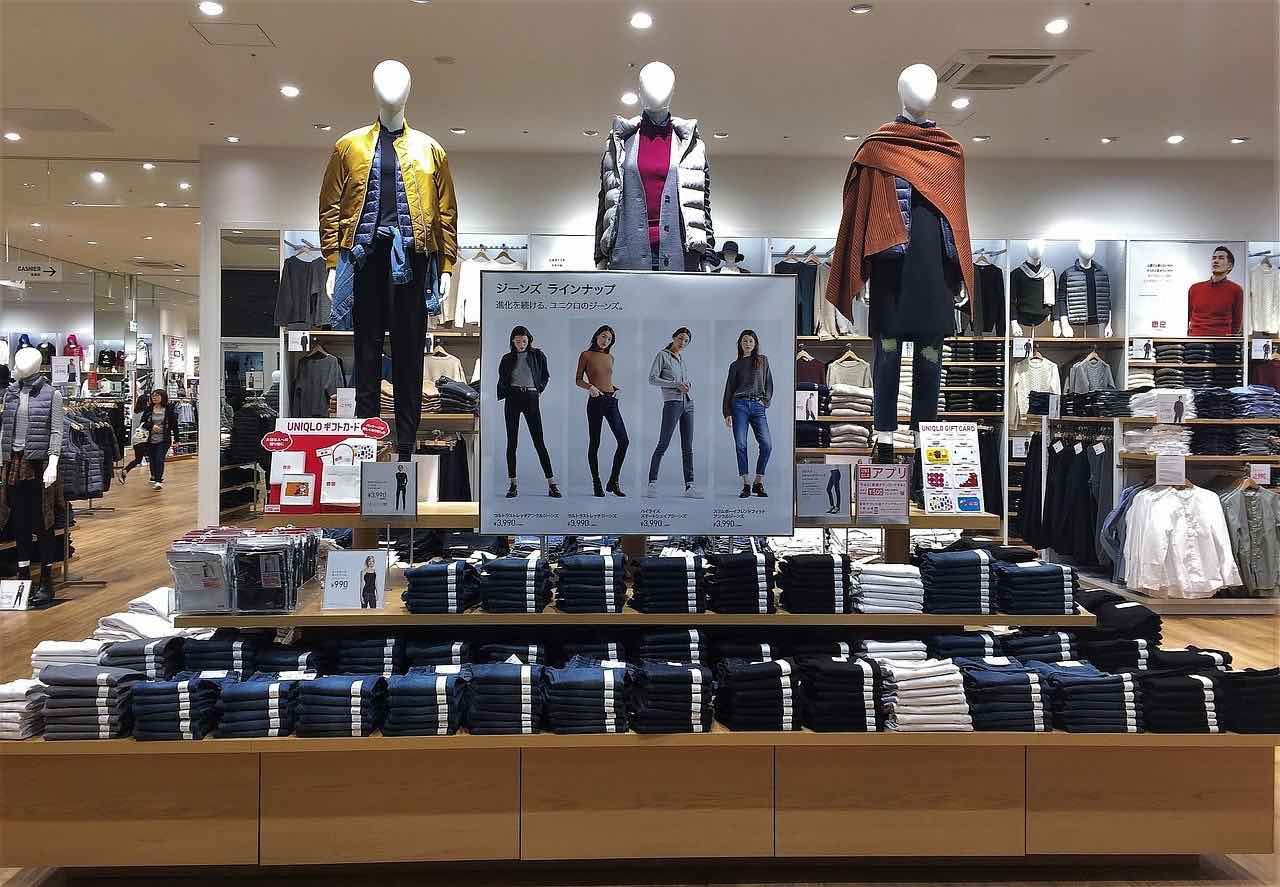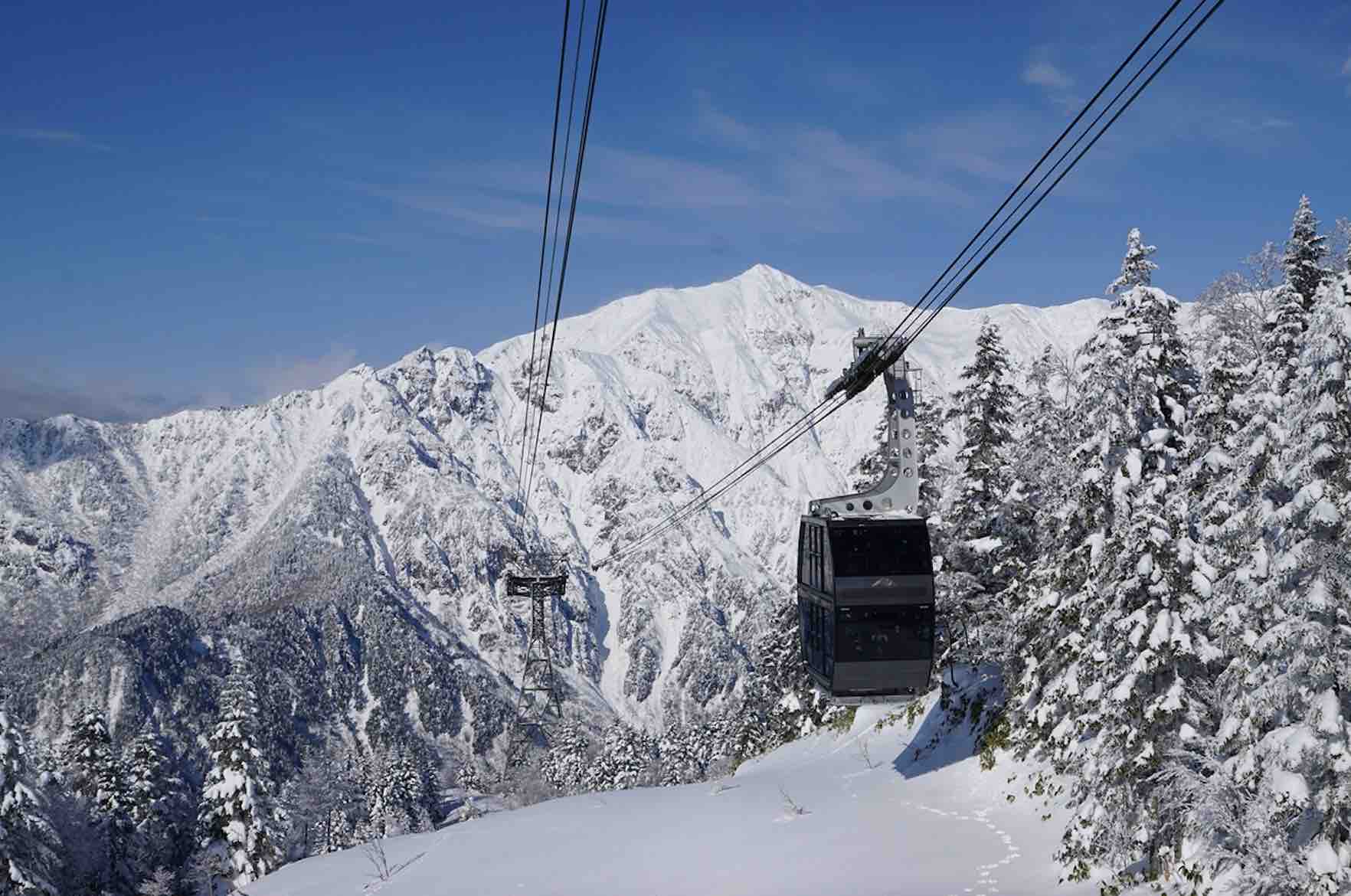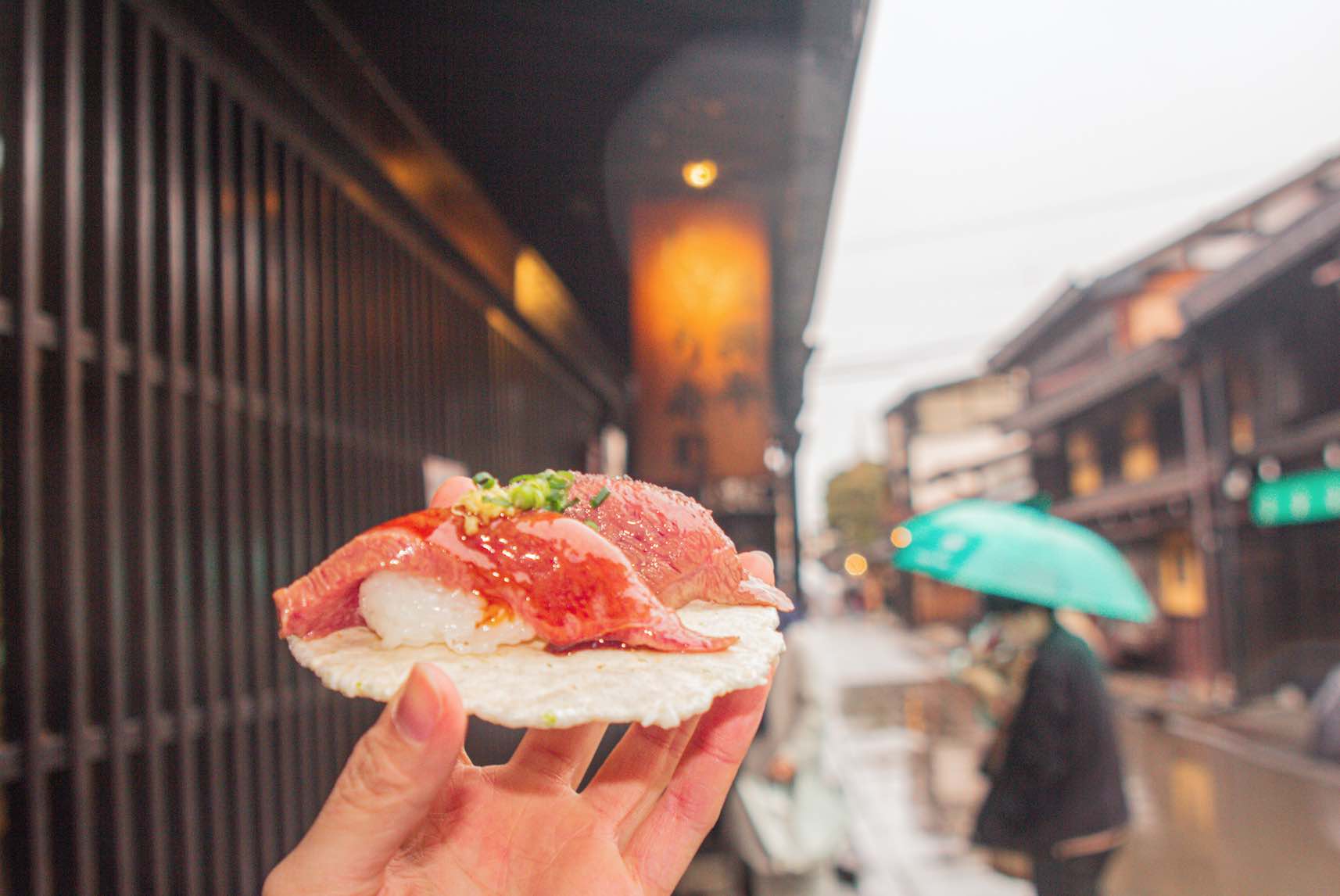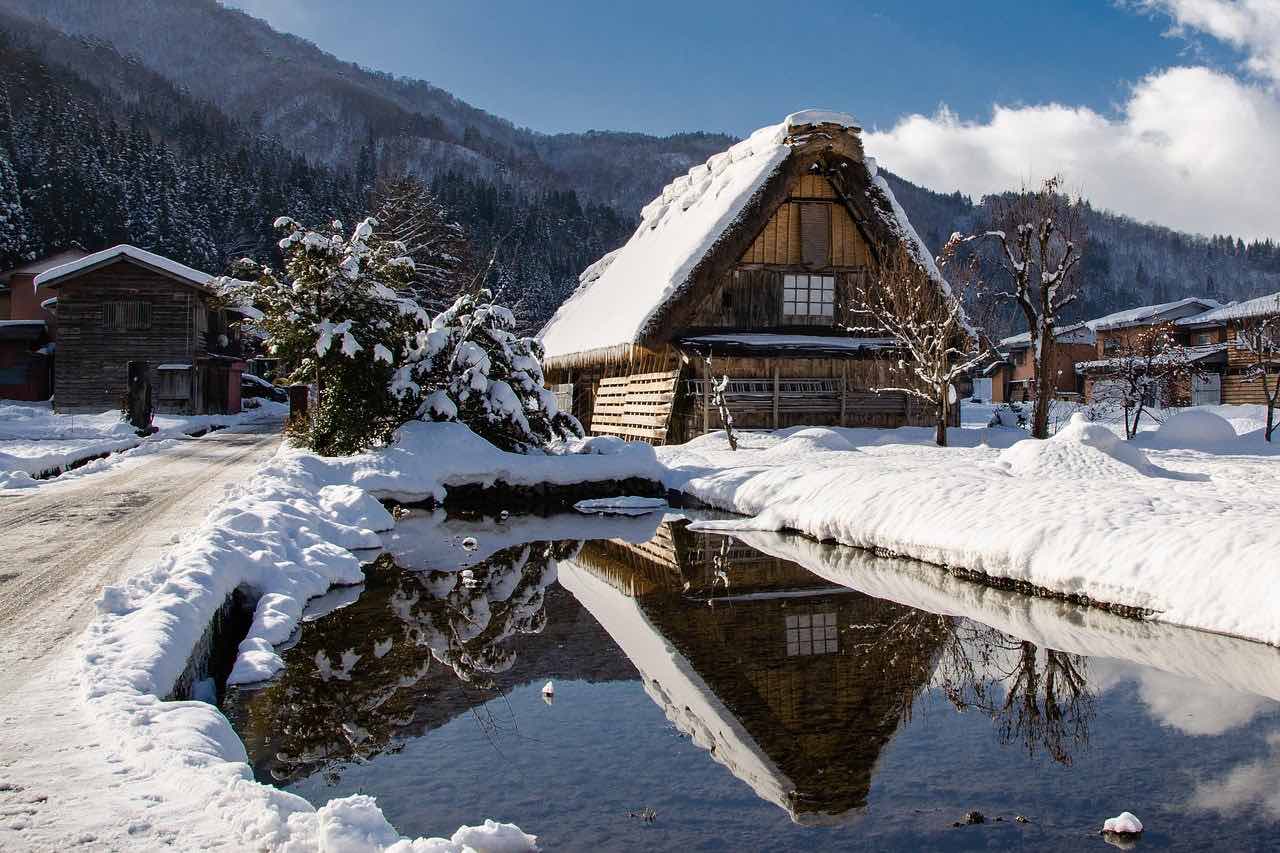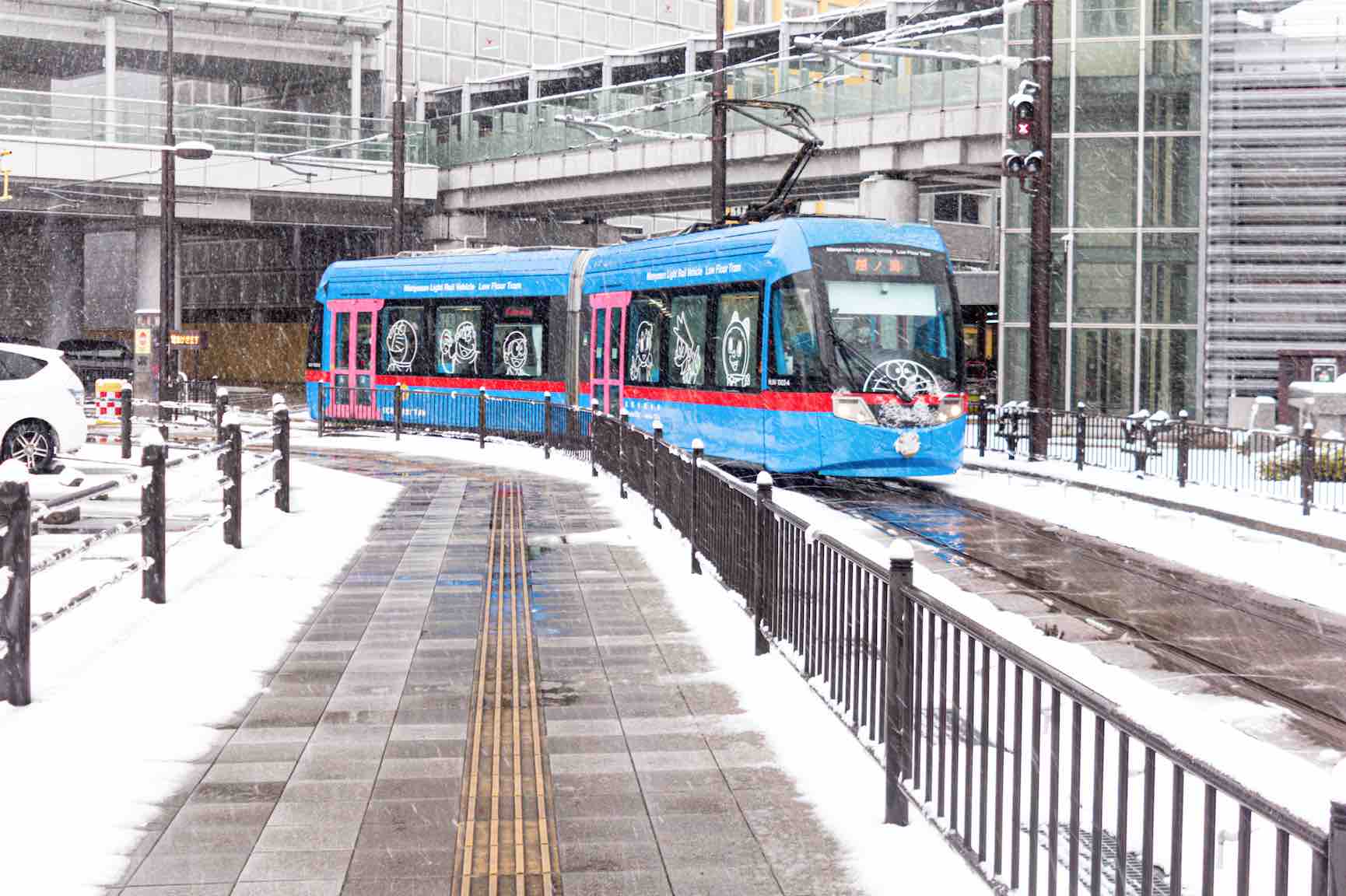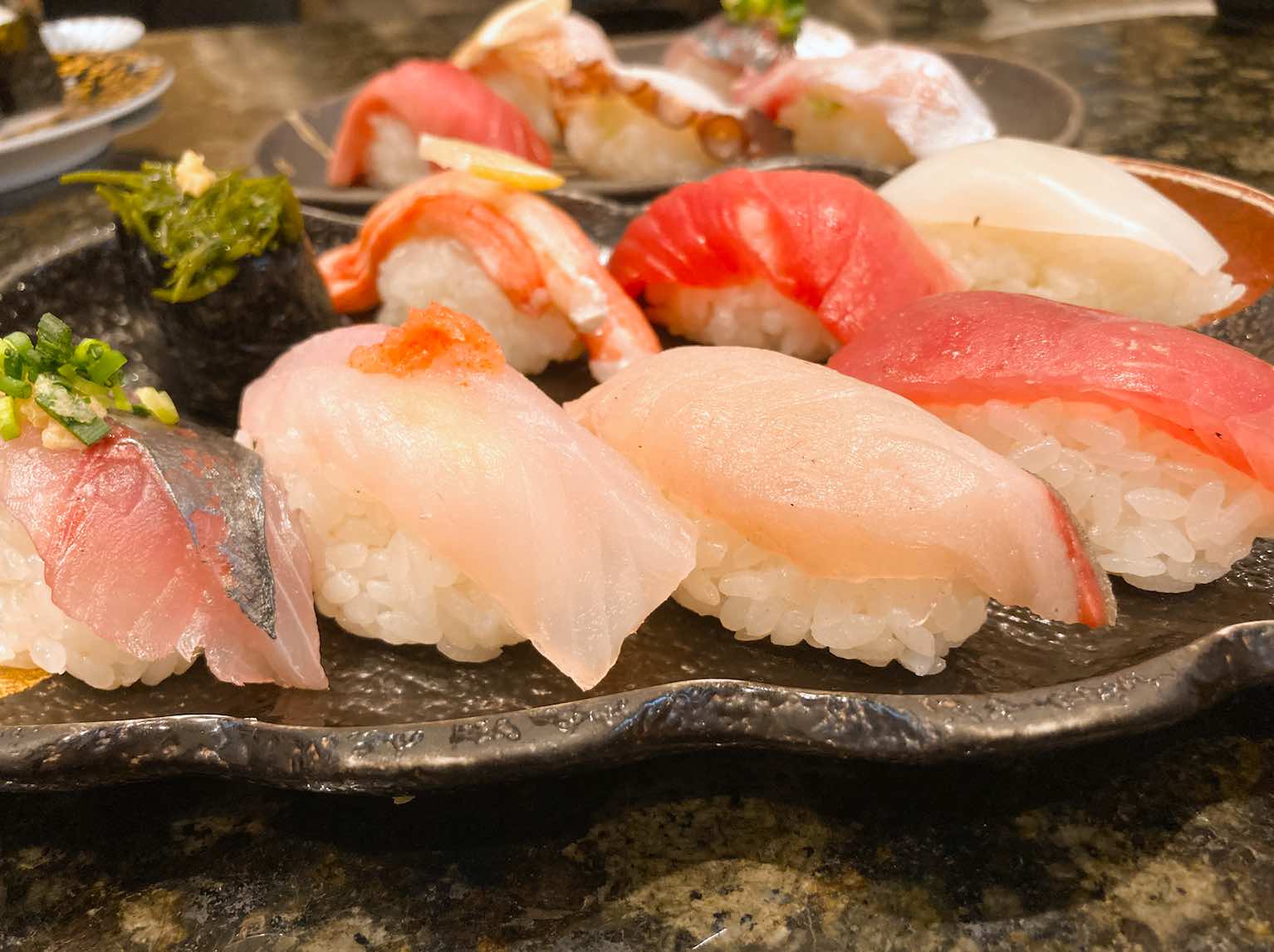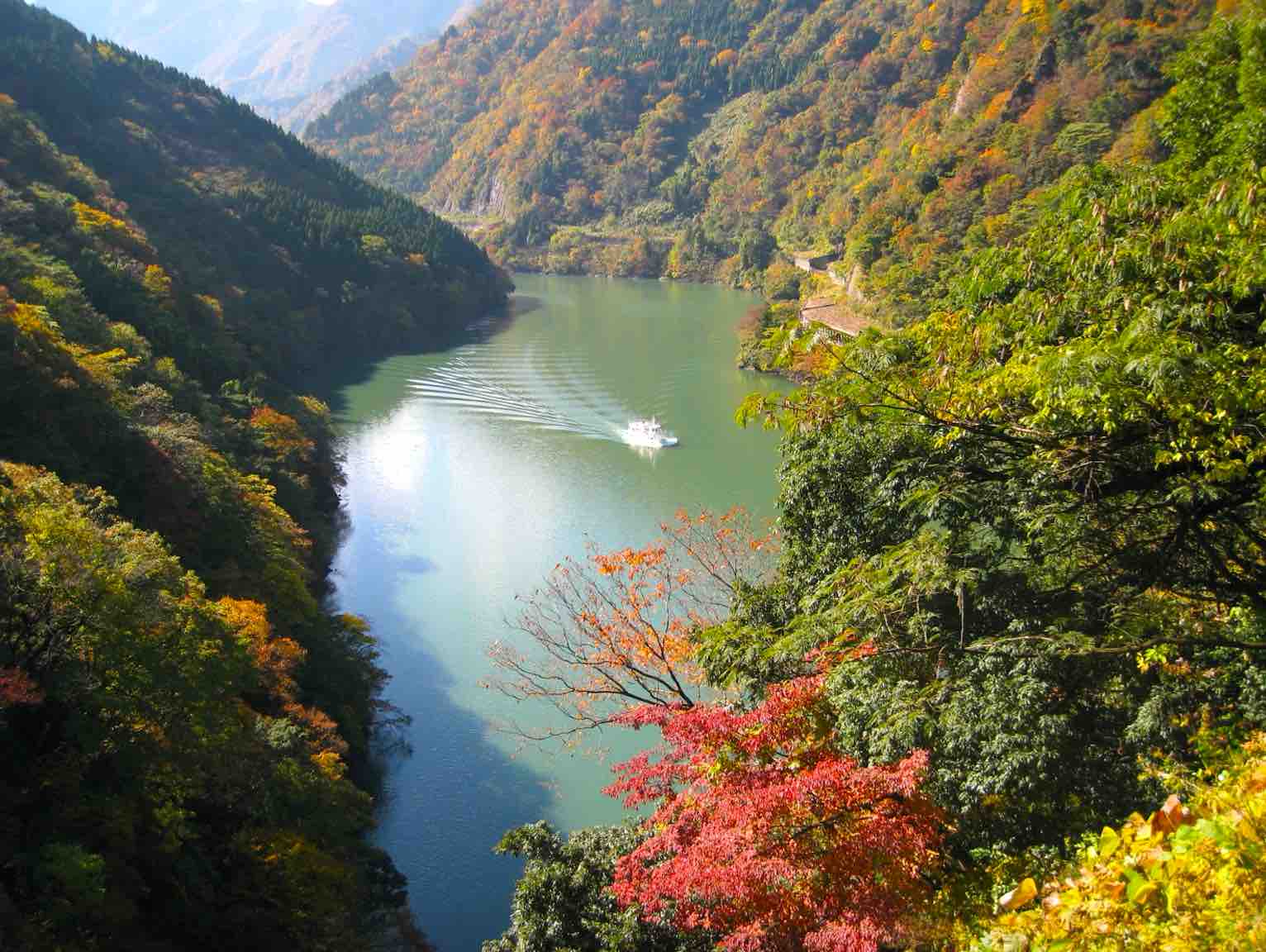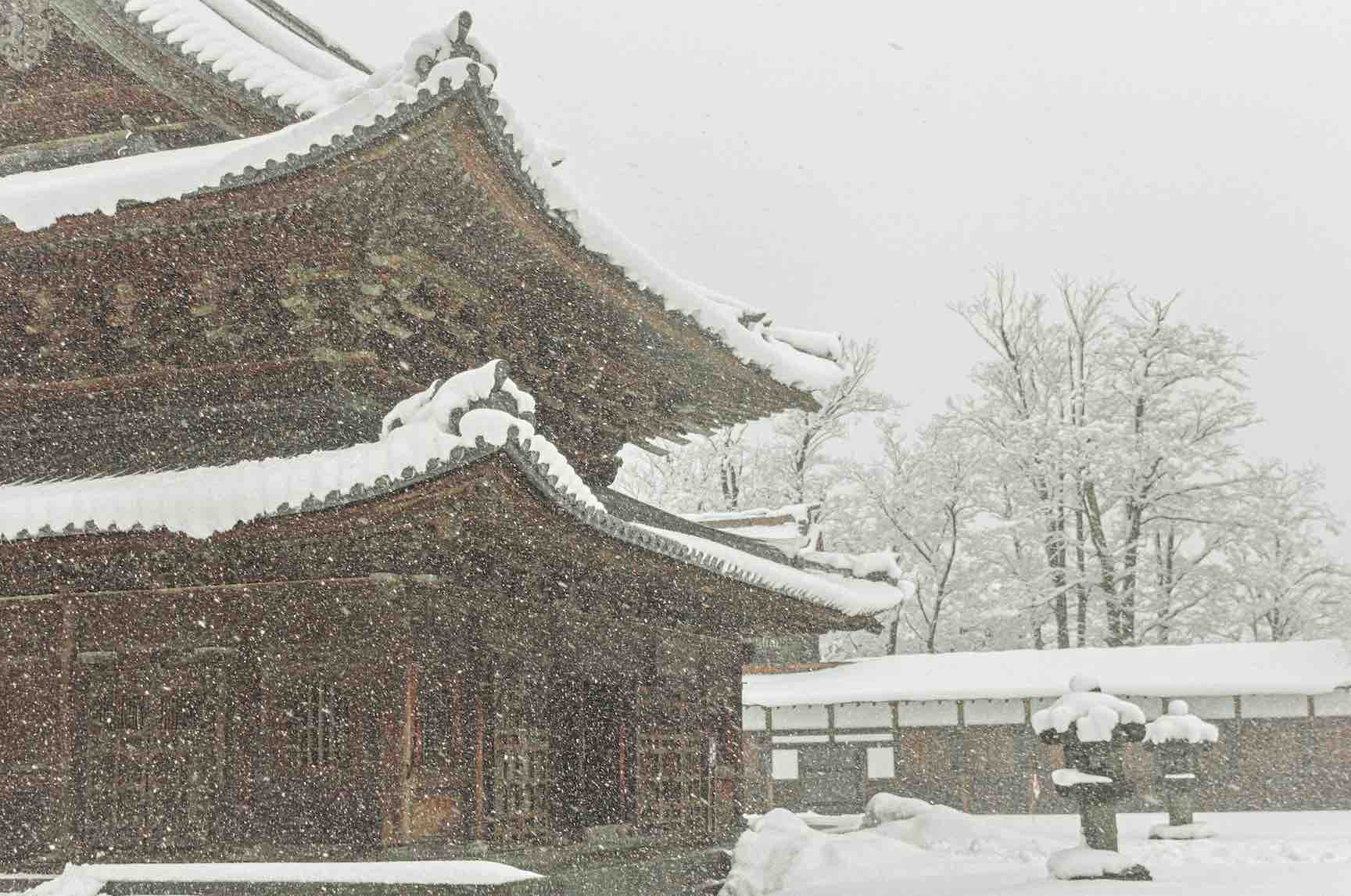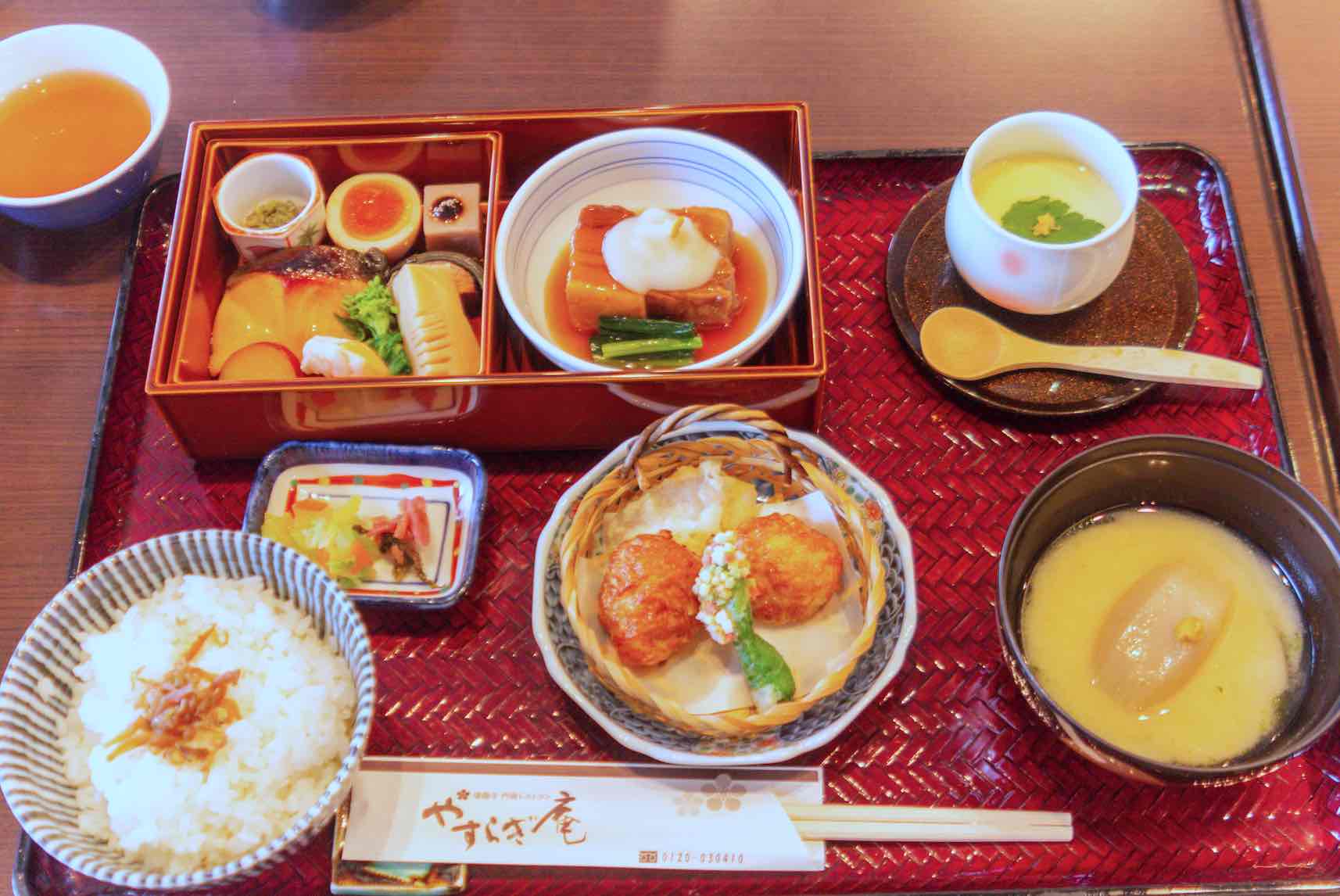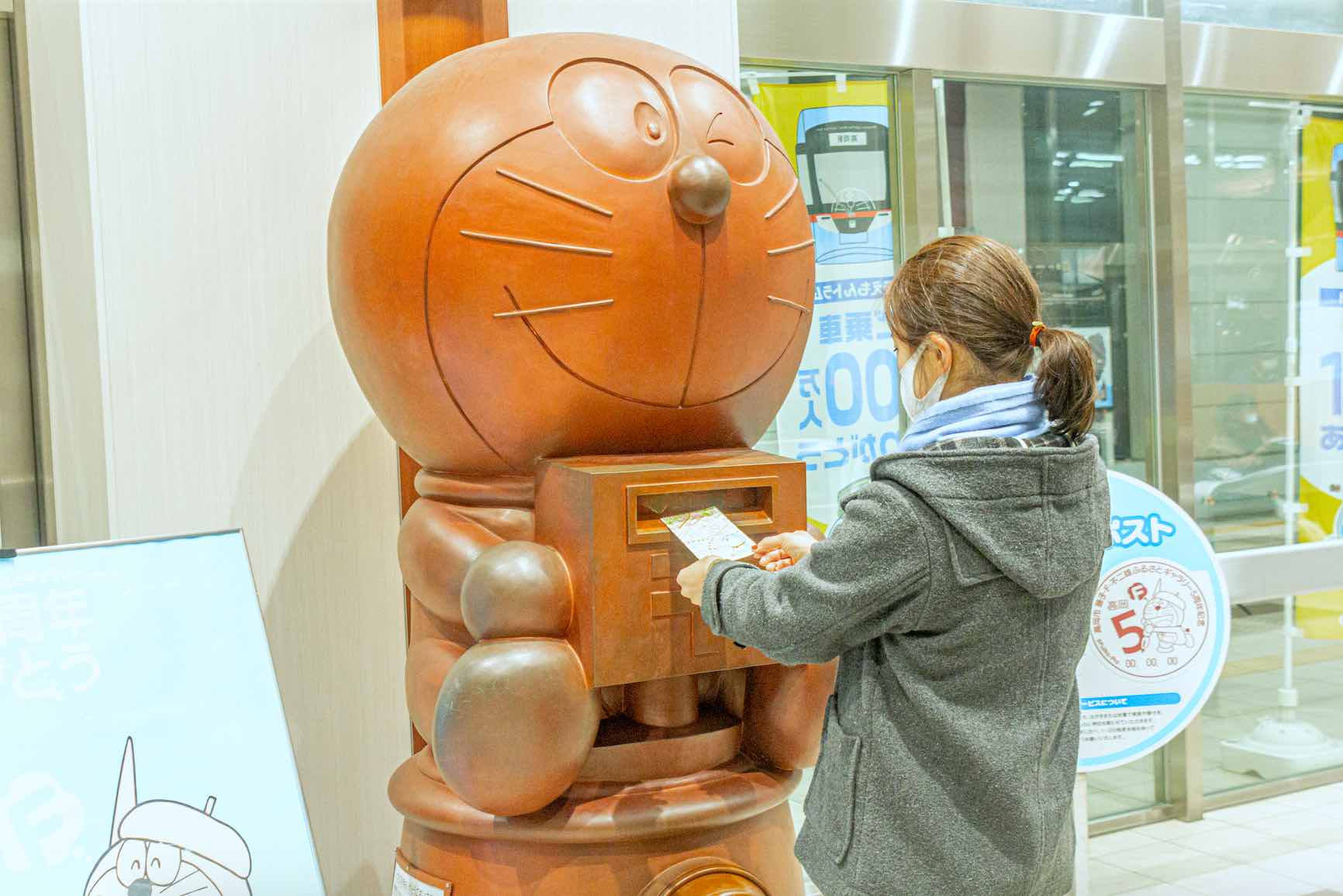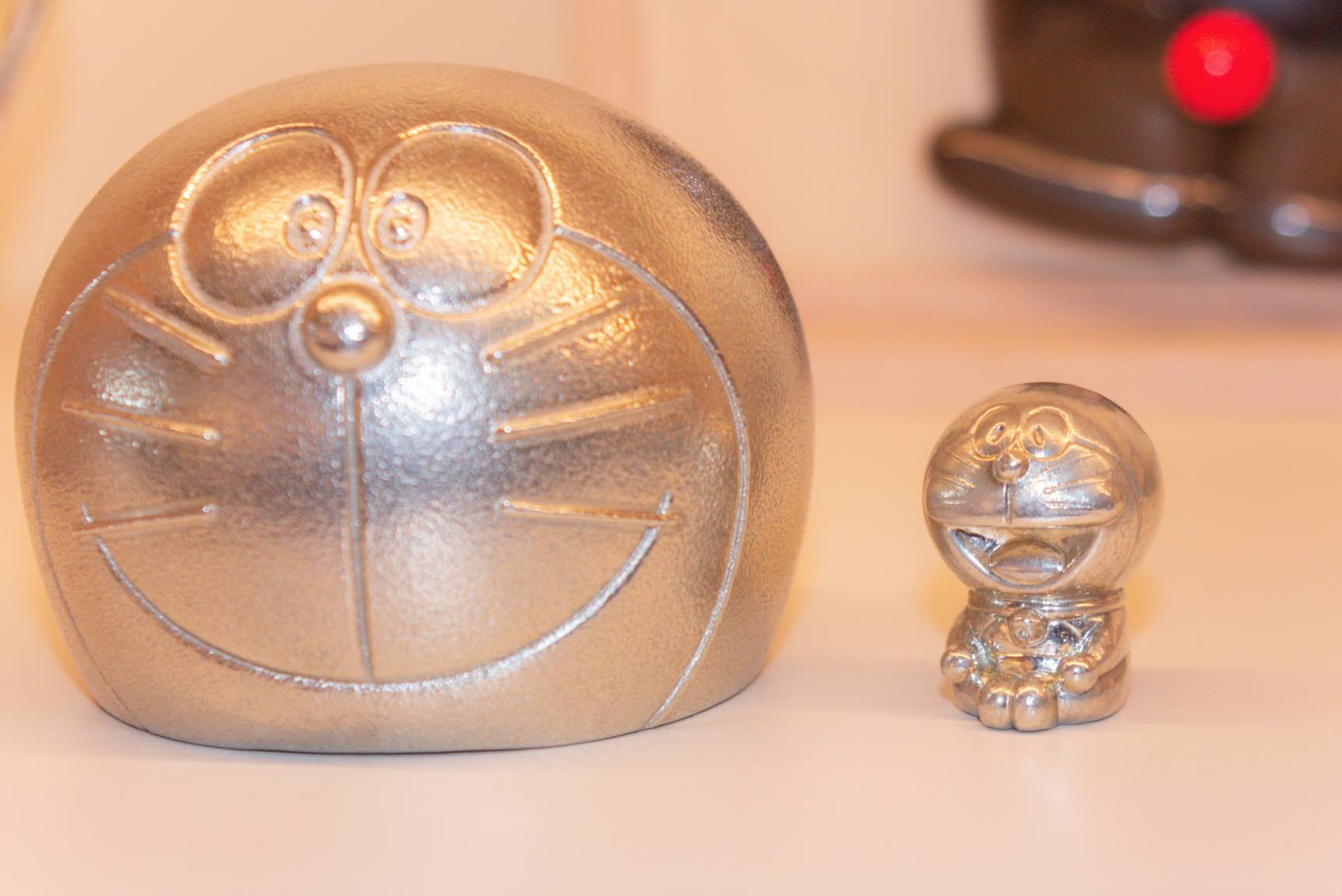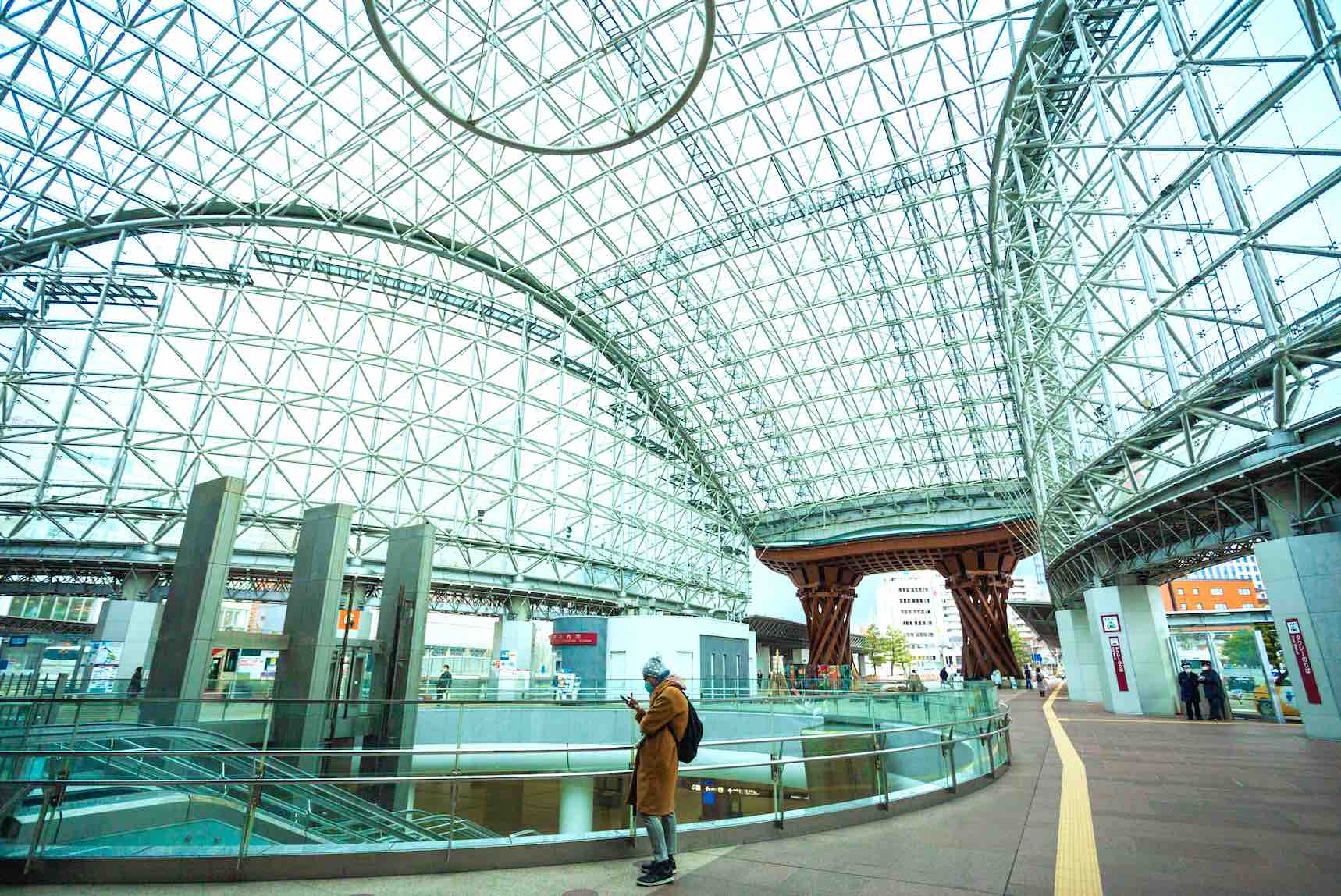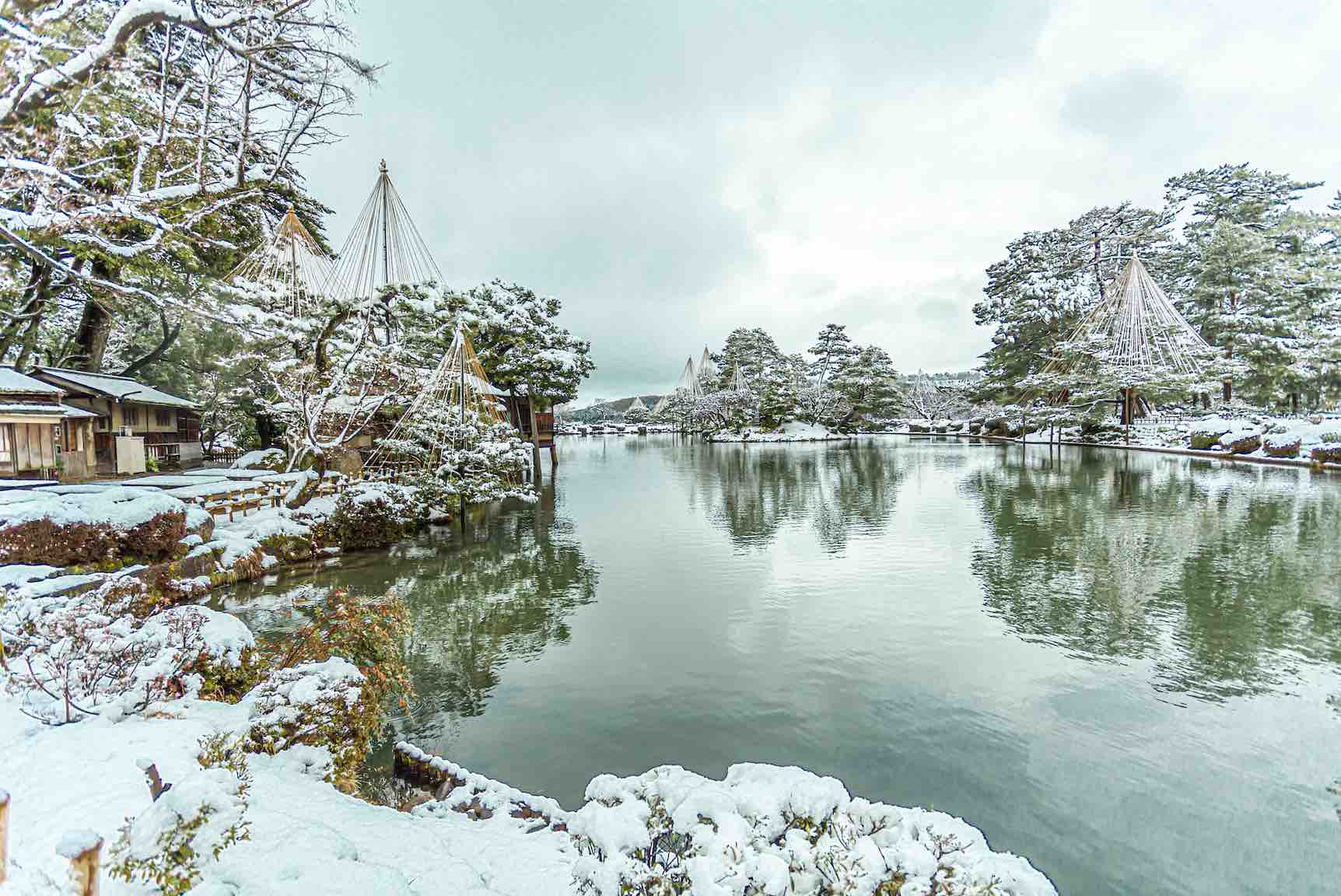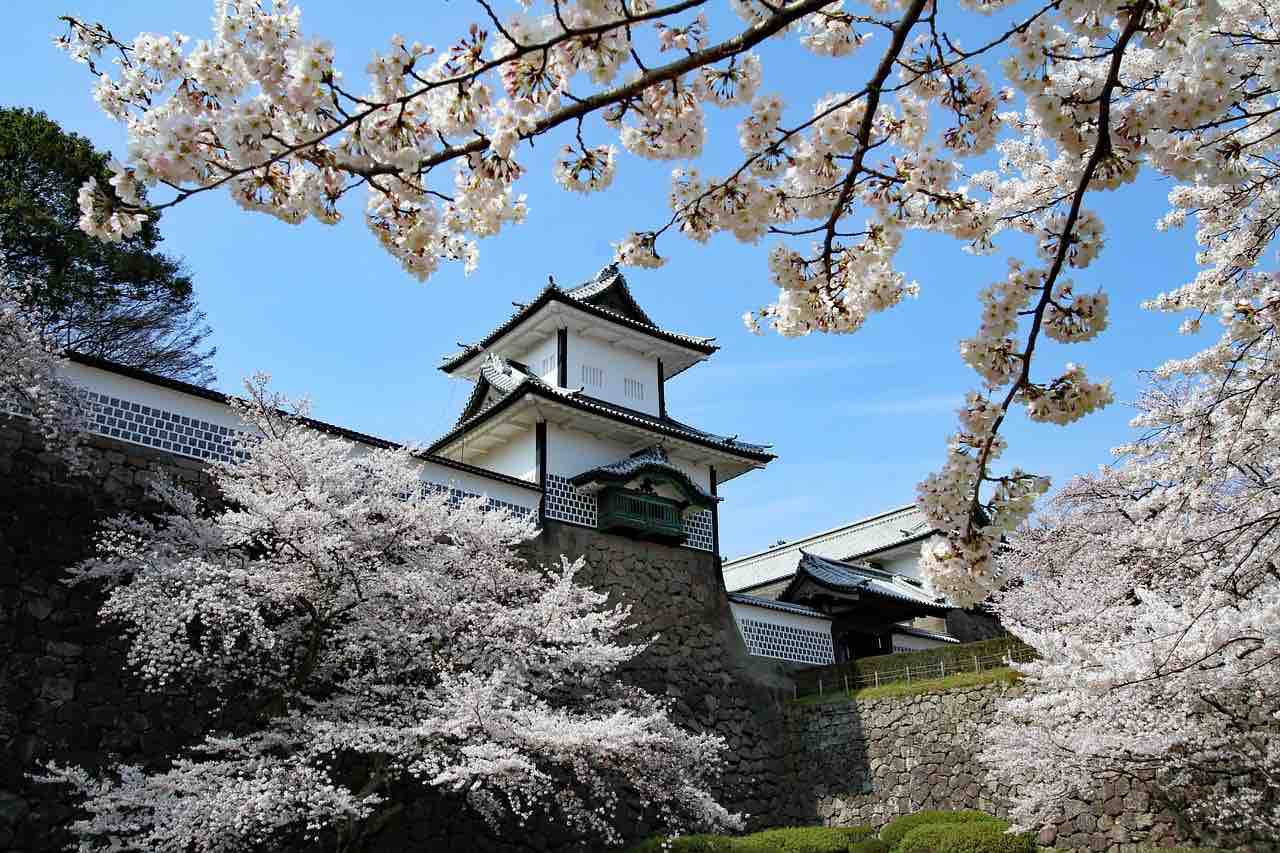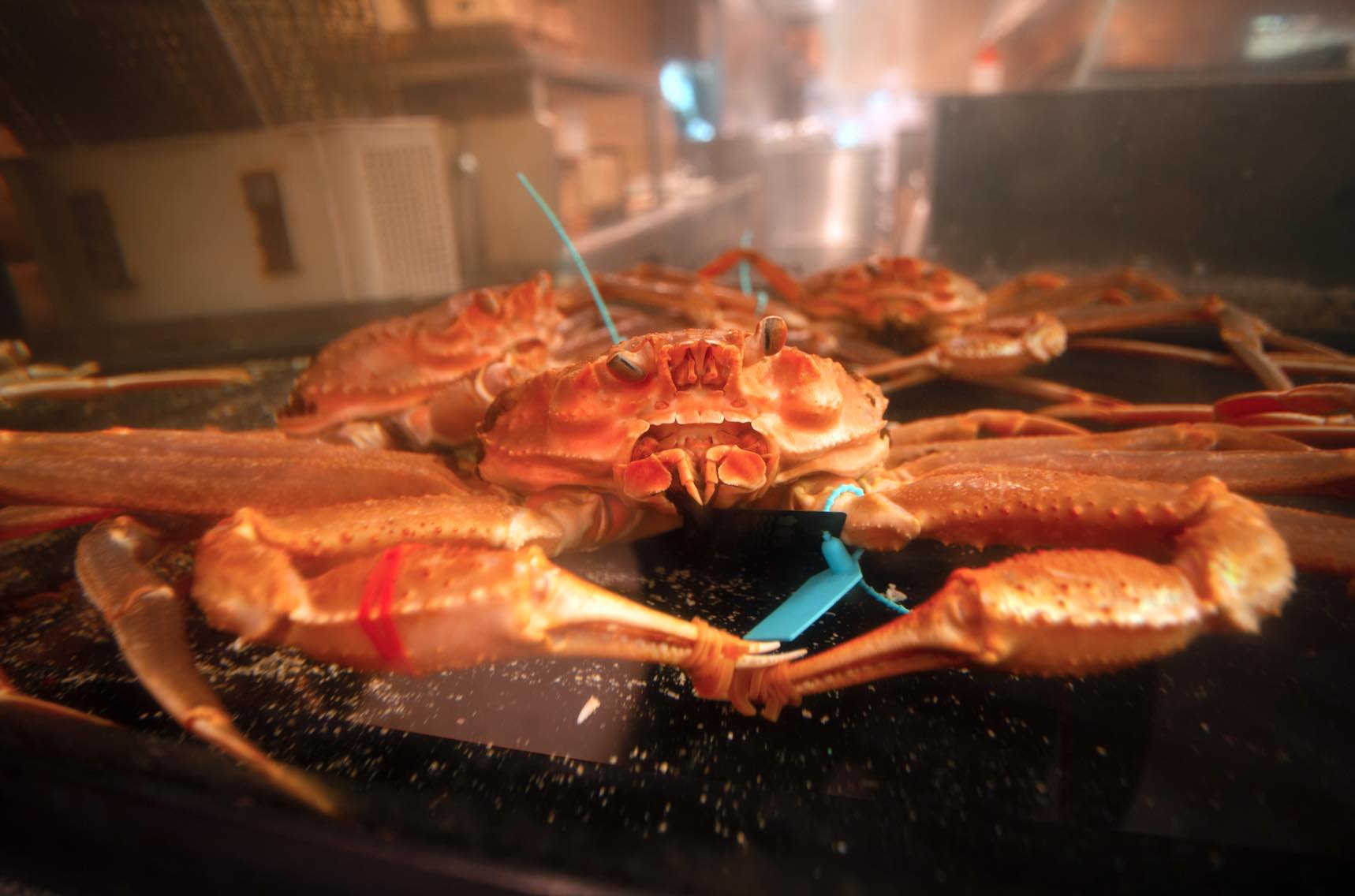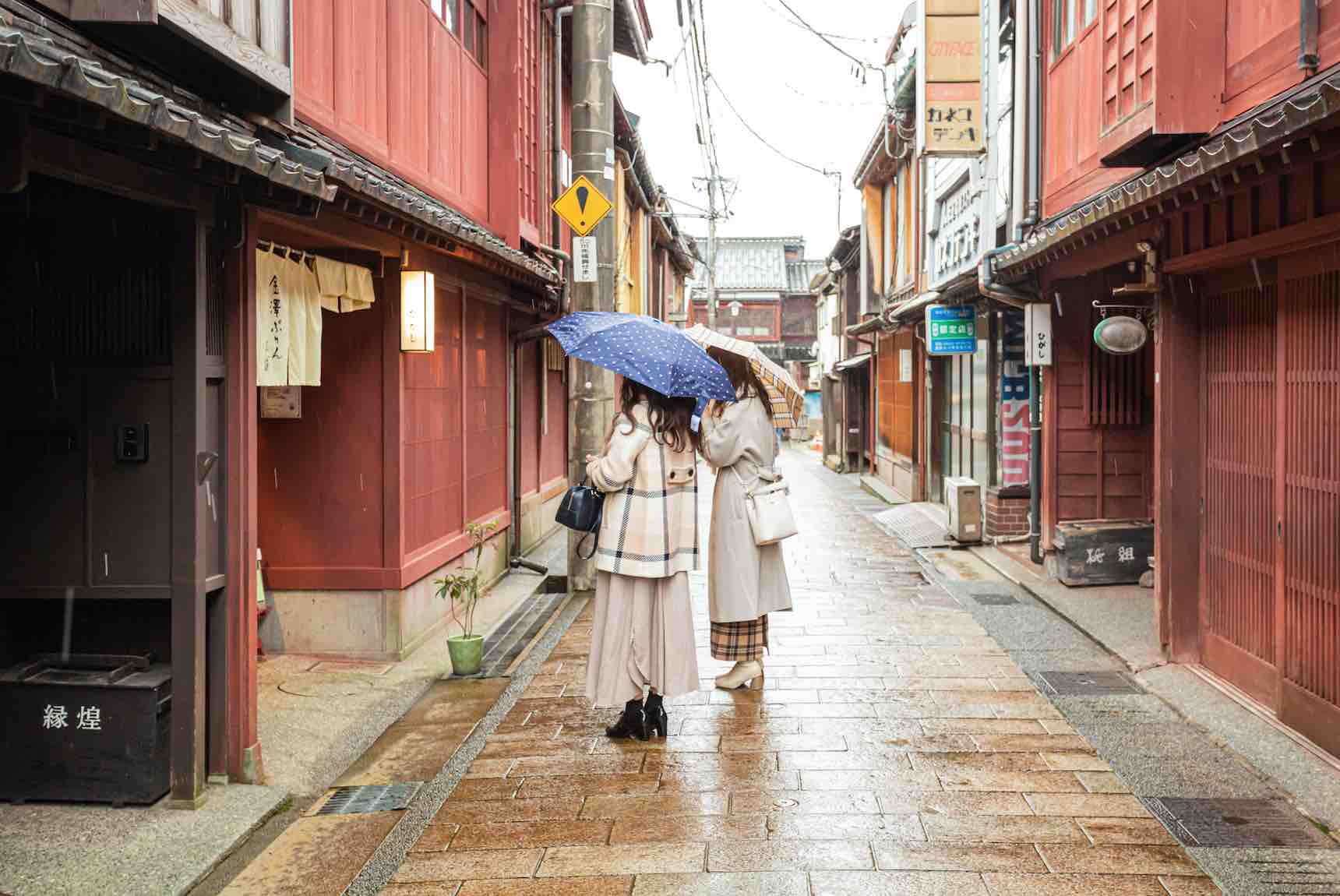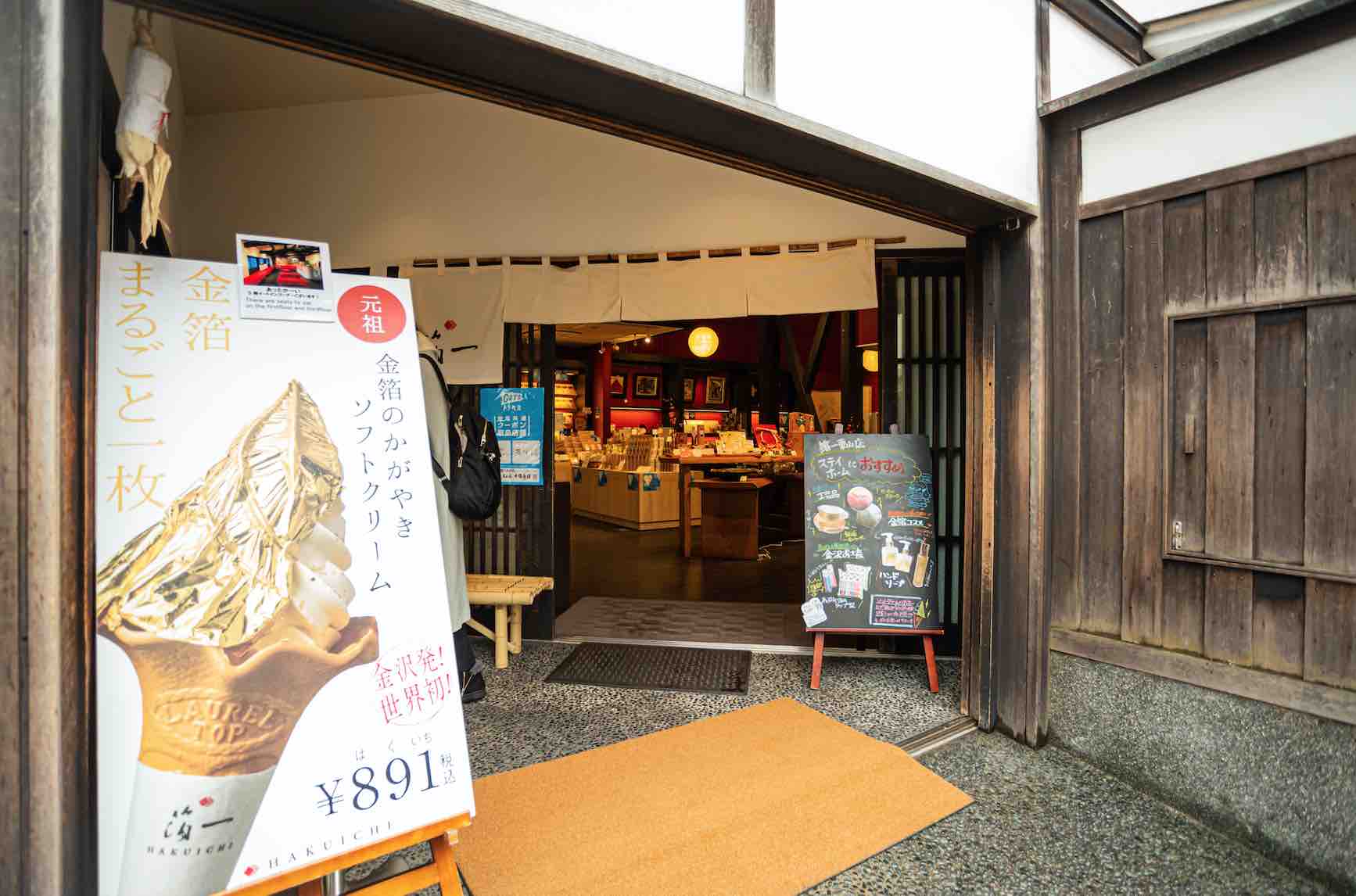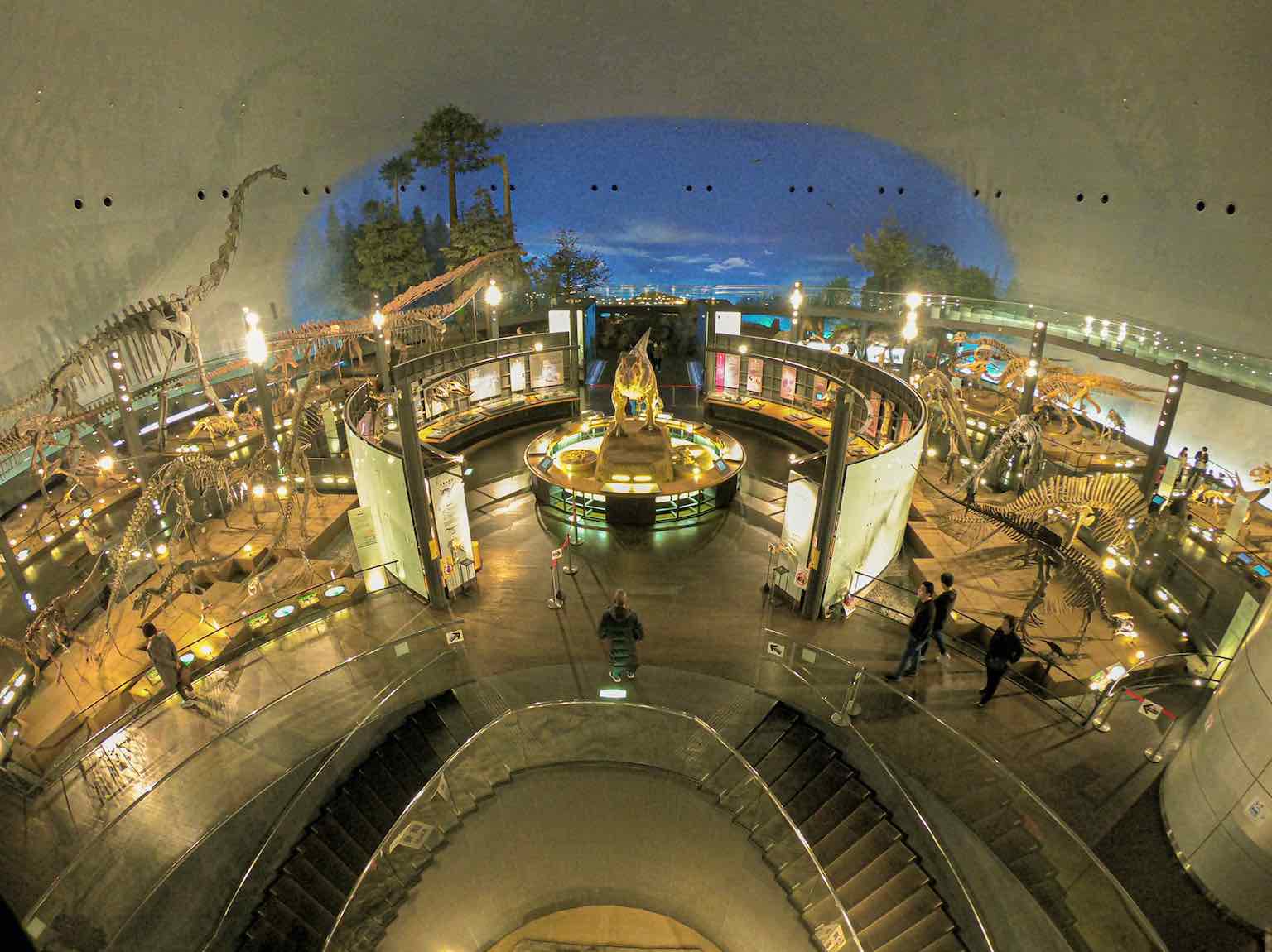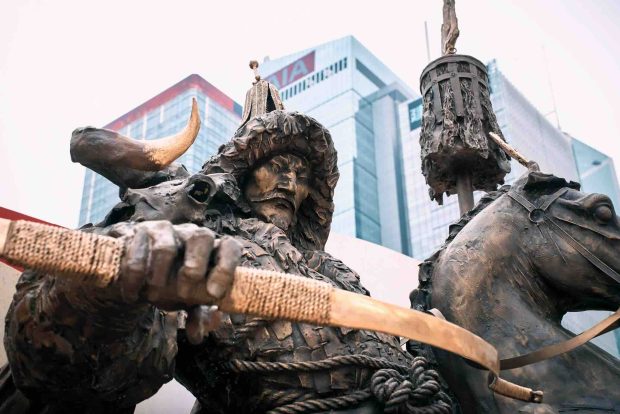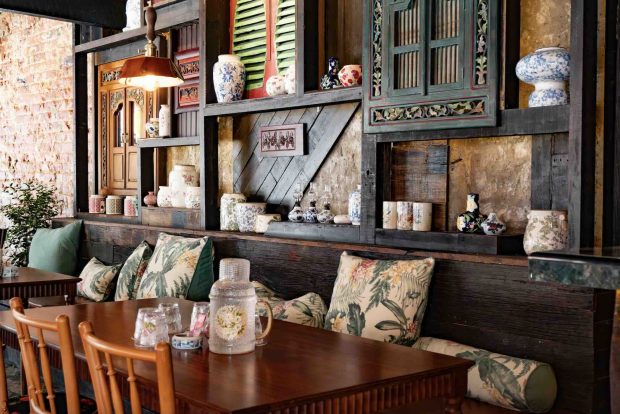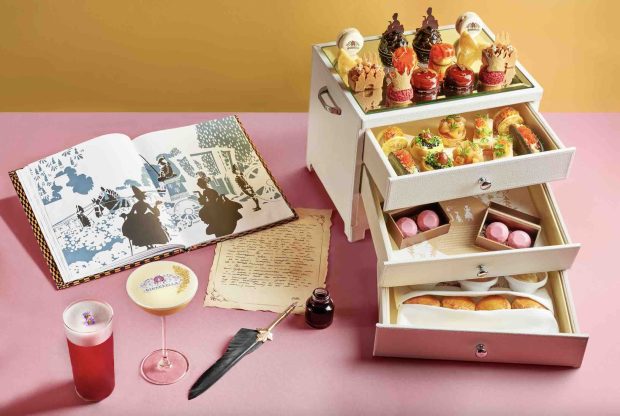The Central Japan Region is a year-round destination that offers an abundance of nature and delicious food every season. Plan your next winter holiday in Central Japan by using the Takayama-Hokuriku Area Tourist Pass to enjoy five days of unlimited rides on designated JR local and limited express train, the Hokuriku Shinkansen, and buses within the Central Region. You can check some of their highlight spots here https://bit.ly/3bbq9Yy Here is a sample itinerary that can help you get the most value out of your Takayama-Hokuriku Pass:
Day 1
Nagoya Marriott Associa Hotel
Directly connected with the JR Nagoya station, this 4-star hotel’s service exceeded expectation, with everyone being very customer oriented, comfortable and modern hotel room and maybe the best breakfast station I have ever tried. Local dishes from Kishimen, Miso Katsu or the rare find Roasted Ham of the pork from Mikawa, Aichi Prefecture are freshly made and served directly.
Nagoya-meshi (Kishimen)
Tasting various cuisines in different areas of Japan is one of the most anticipated activities of any tourist visiting the country. That’s why after dropping our things at the hotel, we immediately went to try one of Nagoya’s specialty cuisines – kishimen. Kishimen is a noodle dish known for its hirauchi (flattened) noodles made from wheat flour, water, and salt. However, don’t be fooled as not all flattened noodle dishes are considered kishimen. By Japanese standards, only noodles with a width wider than 4.5mm and thickness of less than 2.0mm can be called kishimen. For those who are not a fan of miso, kishimen can also be enjoyed with pasta sauce, hot soup, or cooled, just like regular udon.
Nagoya TV Tower and Hisaya Odori Park
From Nagoya Station, we took a 10-minute subway ride to see the Nagoya TV Tower, which is only a few minutes’ walk from Oasis 21. The tower was originally built to mark the reconstruction of the city after the second world war and to promote tourism and TV broadcasting in Nagoya at the time. In 2005, it was recognized as one of Japan’s tangible cultural property, a recognition given to tangible cultural products that possess high historic, artistic, and academic value to Japan.
After being renovated, from the end of September 2020 the vast area near Nagoya TV Tower, Hisaya Odori Park, has become the most fashionable and artistic spot in Nagoya City. There are plenty things to do within 4 areas, one can do café tour with popular name such as ESPRESSO D WORKS, FabCafe to Korean famous café de Paris, do some shopping or just enjoy the greenery with the Nagoya TV Tower on the background.
Café Gentiane (Piyorin)
Can be found in JR Nagoya Station, Cafe Gentiane is home of the adorable and delicious chick shaped Piyorin cake with pudding inside. Each of the cake is handmade using Nagoya Cochin eggs under the skillful hands of the artisans. At this store, one can choose to try immediately at their café or bring back home to enjoy. One cake is at around ¥380.
This is the valentine version with chocolate filling, don’t you think that pink heart is too cute?
Shopping (Uniqlo, Bic Camera)
Located on the 9th and 10th floor of the JR Gate Tower is Bic Camera. Bic Camera has a wide selection of electronics, game software, and even alcoholic beverages available for purchase. If in the mood for shopping for clothes, just go up one floor to get to Uniqlo, and its slightly cheaper-priced sister company, GU, to start rocking that Japanese-style fashion!
*Note: Leave your luggage at hotel and pick them up before moving to Takayama
Hodakaso Yamano Hotel 山のホテル
For the night, we stayed at the Yamano Hotel, a ryokan in the middle of the mountainous area. The highlight of the night is their outdoor bath located outside of the hotel. Take a cable car and go to the ground, there is a wide hot spring bath in the wood where you can enjoy nature. You shouldn’t miss the dinner with Hida beef too!
Day 2
Shinhotaka Ropeway
Shinhotaka Ropeway is the only double-decker ropeway in Japan. If you go to Central Japan in winter, you sure don’t want to miss out on viewing the magnificent Japanese Alps Mountain Range. At the rooftop observatory deck located in the upper station (Nishihotakaguchi Station) at an altitude of around 2,156 meters, you can enjoy a 360-degree panoramic view of the surrounding mountains and valleys covered by the white snow.
There is also a bakery located on the 2nd floor of Shirakabadaira Station where you can eat crispy croissant and enjoy a cup of hot drink.
Takayama Ramen
Then we back to Takayama for lunch and move on with our trip. We tried the Takayama ramen or locally known as “Chuka Soba”. The soba has base broth made with bones, vegetables, and katsuobushi (dried bonito flakes) is enriched with soy sauce and miso. Both the soba and base broth are handmade with different style representing each restaurant. I had a bowl of char siu toppings while my friend had another with raw eggs.
Takayama Sanmachi Suji District (Sanmachi Traditional Buildings Preservation Area)
In the afternoon, we go for a walk around the Sanmachi Suji District. Located near the Miyagawa River, the old town of preserved and restored remnants remained from the Edo period lets you soak in a historic atmosphere surrounding by numbers of historical buildings. Add up to your stroll with a piece of Hida Beef Nigiri or Hida beef skewers.
Hida beef
While in the Central Japan region, you should also try their famous Hida beef. Hida beef refers to the Kuroge Wagyu breed of cattle raised in Gifu Prefecture known for its high quality, with beautiful marbling, colour, texture and taste. It is said to be one of the best beef brands in Japan so it is definitely a must try delicacy.
“But I can’t afford such a high-class beef”
Oh, but you can! Although kuroge wagyu is considered to be a high-class beef, it is also a popular ingredient in many “B-class” Japanese gourmet cuisines. In Takayama, you can have a Hida beef croquette for as low as 250 yen! Hida beef can be enjoyed in a steamed bun, broiled skewer, or as a sushi.
Shirakawa-go
From Takayama Station, we took the Nohi bus direct to Shirakawa-go Village, which is probably the most popular destination in the Central Japan region. This route is the most preferred access mode to Shirakawa-go and is usually sold out, especially in the winter, so it’s better to reserve your tickets beforehand. Tickets can be exchanged at Nohi Bus Center right next to Takayama Station.
A must-see UNESCO World Heritage Site in the Gifu Prefecture, Shirakawa-go is famous for its traditional gassho-zukuri villages, whose roofs are constructed at a steep angle to protect houses from heavy snow during the winter. While mostly known for the snow-covered houses during winter, Shirakawa-go offers wonderful views in every season so make sure to visit this place during different times of the year to feel each season’s unique charm.
A five-minute shuttle ride for 200 yen (one-way) or a 25-minute walk up the mountain will lead you to an observation deck overlooking the whole area. This is the place where many famous Instagramer got their breathtaking photo of the village.
*Note: You can put your luggage at the coin lockers or luggage room near Shirakawago Bus Terminal.. They are located at the back of the room or come to ask the staffs for that.
Takaoka City
After enjoying Shirakawago, we took the World Heritage Bus to move to another city in the trip, Takaoka City. This is the hometown of Fujiko F. Fujio, father of Doraemon, so one can find various places related to the characters.
Doraemon Tram
We took the Doraemon Tram to go eat dinner at a famous local sushi restaurant. Do you want to take a ride with your childhood friends?
Toyama Sushi (Dinner)
Toyama is located near the sea and is therefore abundant with fresh seafood products. Don’t miss to enjoy the freshest ingredients that landed directly from the sea at one of the restaurants located on Toyama Bay. The place we ate was iki-zushi氷見寿司, well known within locals. One of the must-try dishes is the white shrimp (Shiro-ebi). They are sweeter and much smaller than the normal one. I had a piece of white shrimp nigiri and white shrimp tempura.
Day 3
Shogawa Gorge, Toyama
In the morning, we took a bus from Takaoka Station going to Shogawa Gorge for a relaxing boat cruise. For just 2,800 yen, you can enjoy the spectacular view of Shogawa Gorge by riding a sightseeing boat that operates on the Shogawa Gorge between Komaki Dam and Omaki Onsen.
The soothing one-hour cruise along the Shogawa gorge offers varying but equally breathtaking views all throughout the year. In winter, you can see the mountain covered in snow while flowers in full bloom adorn them in spring. The summer season highlights the mountains’ lush greenery and in autumn, you get the best seat in enjoying Japan’s autumn leaves.
Zuiryuji Temple
After finishing the sightseeing boat, we went back to visit the Zuiryuji Temple in Takaoka city and have lunch. It has been designated as a National Treasure and is a must-see attraction during a visit to this pleasant town in the Central region of Japan. The main gate, main hall, and Dharma hall stand in a line, and the temple buildings are laid out symmetrically left and right, interconnected by roofed passageways in a beautiful and powerful sight.
We ate lunch at Yasuragi-an where they served seasonal dishes. The dishes for February using fresh vegetables and seafood.
Doraemon Postbox Takaoka Station
After seeing the Temple we took the bus heading back to Takaoka Station to go to our next destination. We were welcomed by a slightly familiar cat. This giant copper made Doraemon postbox is considered one of the icons of Takaoka City, which happens to be the birthplace of the manga artist that brought Doraemon to life. Located on the first floor of the Takaoka Station building, letters and postcards dropped in this postbox is stamped with a commemorative Doraemon postmark. Why not send yourself and your friends a postcard to commemorate your visit to Doraemon’s birth town??
Handcraft Experience at Nousaku Factory, Takaoka City
From Takaoka Station, we went back to hotel to take our luggage and then took a taxi to Nousaku Factory for a little cultural immersion. Takaoka City is historically known as a center of metal casting, and this industry still thrives in the city today. Take a look at their cute Doraemon collections! Afterwards, we tried making our very own tin item by joining a workshop at the Nousaku Lab.
Kanazawa Station, Tsuzumi Gate
After visiting Nousaku Factory, we moved to Shin Takaoka station to catch the Hokuriku Shinkansen toward Kanazawa City. This trip is already covered by the Tourist Pass.
Look at the huge Tsuzumi Gate, designed to symbolize the drums played in Noh Theater, welcoming us at the station here. It is said to be an unofficial symbol of Kanazawa and famous for being a combination of traditional wooden design and contemporary style.
Kagaya
At Kagaya, we had Ozen set with dishes made by seasonal ingredients unique to the local area. A tray with sushi, miso soup and some other traditional dishes were served.
Hotel Wing International Premium Kanazawa Ekimae
We stayed at the Hotel Wing International Premium near Kanazawa Ekimae. It is a fairly new hotel with stylish design.
Day 4
Kanazawa City
The fourth day is a day for Kanazawa when we can leisurely enjoy the whole city. Kanazawa is an old castle town, well-known for its well-preserved Edo-era districts, art museums, magnificent garden and regional handicrafts. Here one can try both some modern experience while enjoy its beauty from the old days.
Kenrokuen Garden
From our hotel we took a community bus to Kenrokuen Garden. This garden is classified as one of Three Great Gardens of Japan, so I guess the 320 yen feels a little cheap. The spacious grounds used to be the outer garden of Kanazawa Castle and feature a variety of flowering trees of seasonal natural beauty, including the snow-covered landscape with yukitsuri (snow hanging), a method of protecting the branches of the pine trees in the garden to prevent them from breaking due to heavy snow.
Kanazawa Castle, Nezumitamon Gate and Nezumitamon Bridge
Kanazawa Castle used to be seat of the Maeda Clan, a feudal domain ranking second only to the Tokugawa possessions in terms of size and wealth, from 1583 until the end of the Edo Period. Since then, the castle has been extensively rebuilt and renovated due to numerous fire incidents. In July 2020, Nezumitamon Gate and Nezumitamon Bridge on the west side of Kanazawa Castle were restored.
Gyokusen’an Rest House
Located in the area of Kanazawa Castle Park, this is a tea house with a view of the Gyokusen’inmaru Garden. Sit down and have a cup of tea with wagashi, traditional Japanese sweets.
Omicho Market
For lunch, we had a ten minute walk to reach Omicho Market, one of Kanazawa’s largest fresh food markets. We heard that this market offers local specialties such as snow crab and sweet shrimps during winter season, so we just had to try it! Similar to Tokyo’s Tsukiji Market, hundreds of stalls and restaurants selling fresh seafood are lined up so you can choose which ones you want to try!
Higashi Chaya District
Our last spot in Kanazawa city is no doubt the Higashi Chaya District, said to be one of Kanazawa’s largest geisha districts. Walk around the old Chaya (tea house) in a Kimono and take a photoshoot for your SNS.
Also, this is one of some unique places in Japan where you can try soft cream with gold leaf.
*Note: Leave your luggage at the hotel and get back for them at end of the day. Then, take Thunderbird limited express train heading to Awara Onsen in Fukui Prefecture.
Stay at Awara Onsen Matsuya Sensen
Take a hotel shuttle bus from Awara Onsen to the ryokan.
Awara Hot Spring Footbath
After checking in, we went exploring and checked the FREE public foot bath nearby. Search for “Ashiyu” on Google Maps for this place, located just in front of Awara Yunomachi station. This decent facility offers several foot baths which are different shapes and temperatures. We wanted to try some food selling at the Yataimura Yukemuri Yokocho right in front of the foot bath building but since we still have our dinner waiting at the ryokan, we only took some photos to note down for the next trip.
Day 5
Fukui Station
For our last day, we hoped on the shuttle bus and train on Hokuriku Line to go back to Fukui Station.
Did you know that Katsuyama City in Fukui Prefecture is Japan’s most prominent dinosaur fossil discovery site? In Fukui Station’s West Exit, you can see a 10-meter model of Fukuititan, one of the dinosaurs found in Fukui. A model of the other dinosaur fossils discovered in Fukui, Fukuiraptor and Fukuisaurus, can also be found in Fukui Station.
Yokokan Garden
This is a Japanese stroll garden located near Fukui Station. If one has some time can have a walk here for a short relaxing time.
Fukui Prefectural Dinosaur Museum
If you want to learn more about the Fukui dinosaurs, you can head to the Fukui Prefectural Dinosaur Museum, located almost 1 hour away from Fukui Station. This museum, located in Katsuyama City, is recognized as one of the top dinosaur museums in the world and is the largest of its kind in Japan.
Currently, they only let visitors who already reserved a ticket to get in, in order to prevent the spreading of COVID-19.
DINOCAFE
The restaurant inside the museum offers western style food, Japanese style including Dino’s characters desserts that will satisfy the visitors including kids, adults and Dino’s lovers.
About Takayama-Hokuriku Area Tourist Pass
If you’re planning to explore Japan’s Central region, this PASS is must-have item. Aside from being convenient, it can also help you save on transportation costs. Plan your trip well and make the most of it for 5 consecutive days.
You can purchase it on the official website of JR Central (link below) before departing at cheaper price than buying in Japan, at about 15,280 JPY (approximately 190 SGD).
For more details about the Pass please check this link: https://bit.ly/3kt3M3N
Tips for the trip:
– Stay at a hotel near the stations so you can leave your luggage there to go sightseeing. Or else, there are various coin lockers available at stations and popular tourist spot (ie, Shirakawago).
– Reserve your seats on bus to and from Shirakawago since the place is exceedingly popular with travelers and locals. Buses are always full.
– Once arrived at Nagoya Station, you can exchange your Takayama-Hokuriku Area Tourist Pass at the JR counter. Also, Tourist Pass holders will be able to go pass the automatic gate from March 2021.
– Tourist Pass holders can reserve seats on Limited Express train but need to use the non-reserve seats on Shinkansen trains.
For more details about the Pass please visit https://touristpass.jp/en/takayama_hokuriku/

